Health benefits of black radish.

Black radish offers numerous health benefits, including improving digestion, detoxifying the liver, boosting immunity, and promoting healthy skin and weight loss.

Black radish offers numerous health benefits, including improving digestion, detoxifying the liver, boosting immunity, and promoting healthy skin and weight loss.
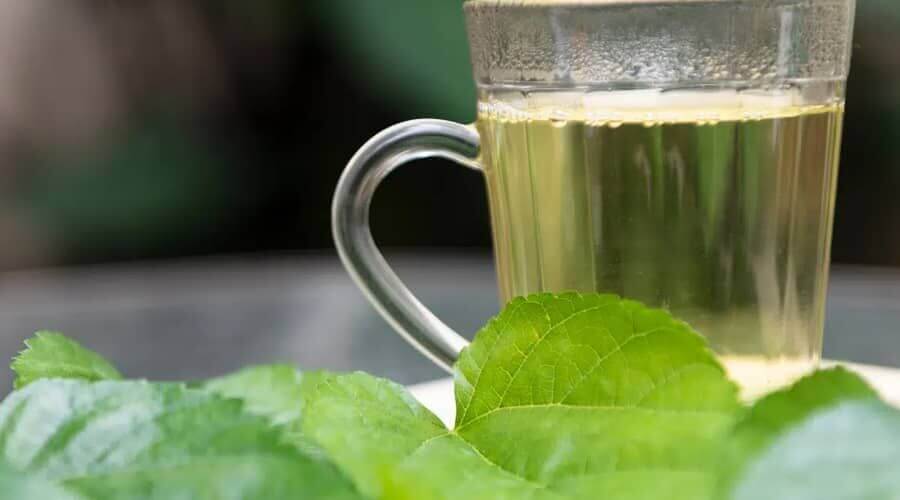
Wild blackberry leaf tea offers powerful medicinal benefits, including soothing digestive issues, reducing inflammation, supporting immunity, and promoting overall health.

Radishes are rich in vitamins C, B, and minerals like potassium, providing essential nutrients that support immunity, digestion, and overall health.
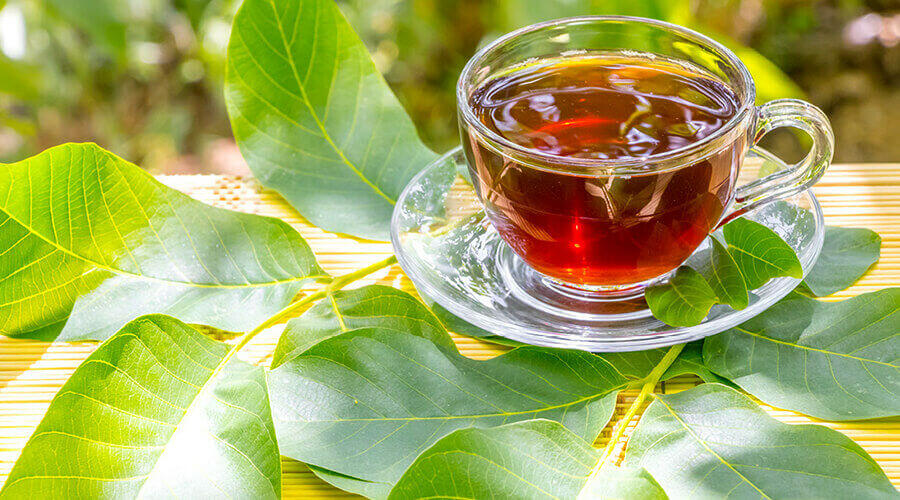
Walnut leaf tea offers health benefits like improving digestion, reducing inflammation, boosting immunity, and promoting healthy skin, thanks to its rich antioxidant content.

Wheat germ helps detoxify the body by eliminating toxins, supporting liver function, and promoting healthy digestion, thanks to its rich nutrients and antioxidants.
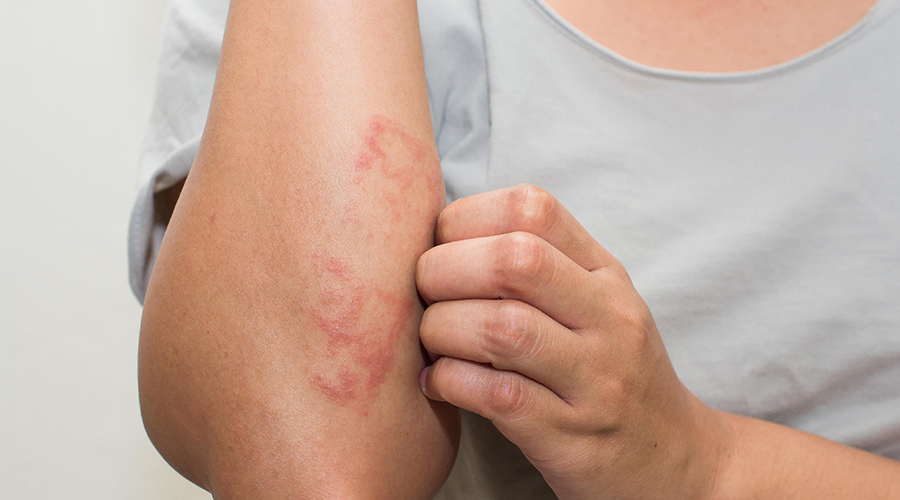
Common causes of eczema include genetics, allergies, irritants, stress, and environmental factors, which can trigger flare-ups and worsen symptoms.
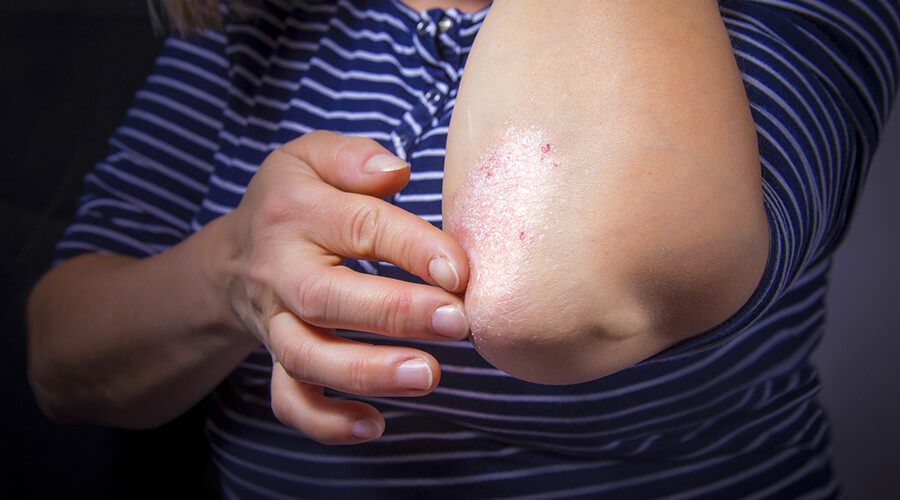
Find helpful tips and treatments for managing psoriasis, including skincare routines, medications, and lifestyle changes to reduce flare-ups and discomfort.
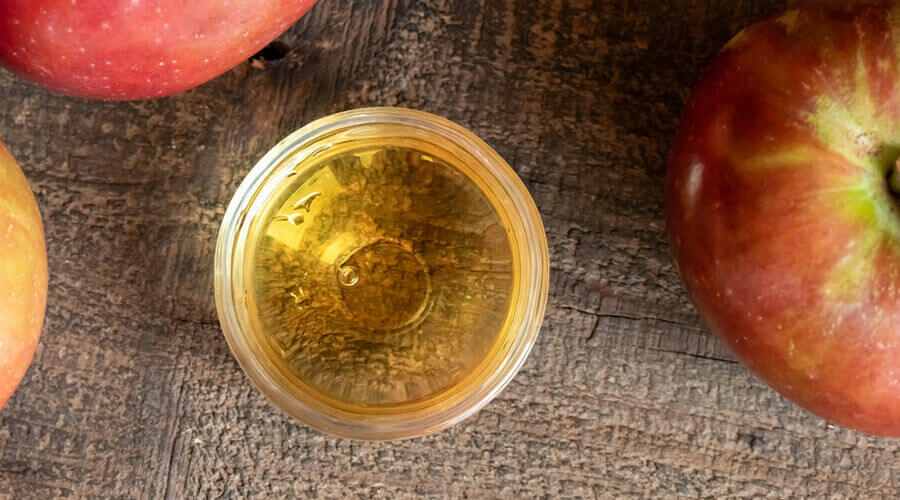
Apple cider vinegar supports liver health by aiding detoxification, improving digestion, balancing blood sugar levels, and promoting overall liver function.
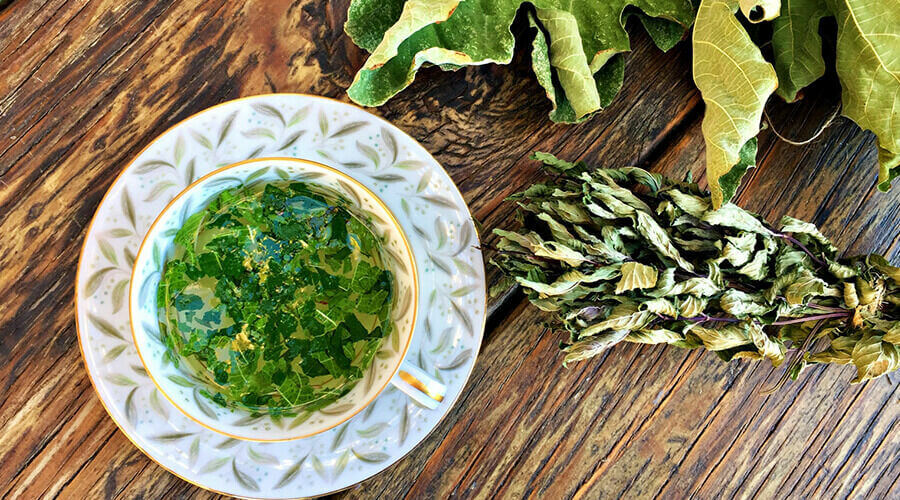
Fig leaves can help manage diabetes and high blood pressure by improving insulin sensitivity and supporting heart health, making them a natural, effective remedy.
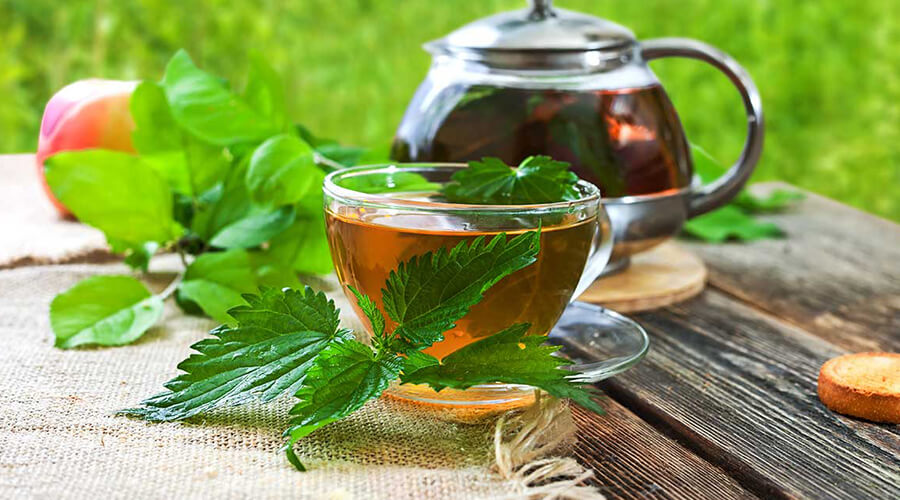
Discover the 7 most effective diuretic teas, like dandelion, ginger, and green tea, that help reduce edema and water retention by promoting natural fluid balance.